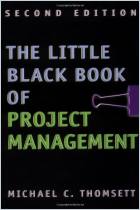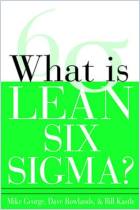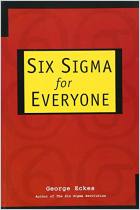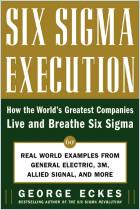
Recommendation
Books on Six Sigma often read like ancient testaments from which you must blow the dust before you crack them open. Full of half-explained jargon and abstruse terms, they tend to shed more confusion than illumination. Eventually, you throw up your hands and decide you’ll just have to hire a consultant if you are ever to understand this stuff, even though most of those books are - surprise! - written by consultants. This offering by Michael C. Thomsett is a welcome exception. A champion financial writer, Thomsett ventures into heady consultant territory and emerges with an unnervingly comprehensible book about launching a straightforward Six Sigma quality control program. getAbstract.com advises you not to let this book’s brevity fool you. It will tell you everything you always wanted to know about starting in Six Sigma, but were afraid to ask a consultant. Comprehensive as well as comprehensible, it lives up to the description on its cover: "A Practical Working Guide."
Summary
About the Author
Michael C. Thomsett is a former accountant who has written 500-plus articles and more than 60 books on assorted business topics, including real estate, investing and management.

















Comment on this summary or Start Discussion